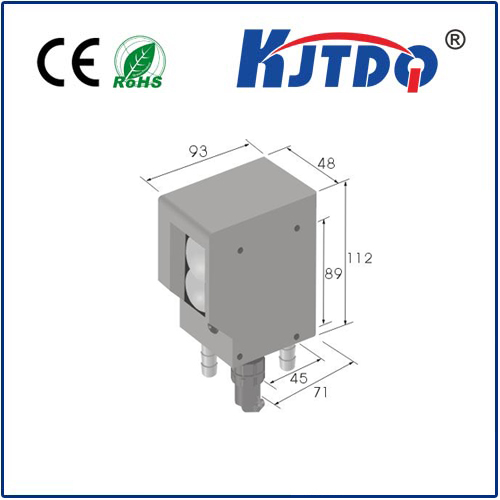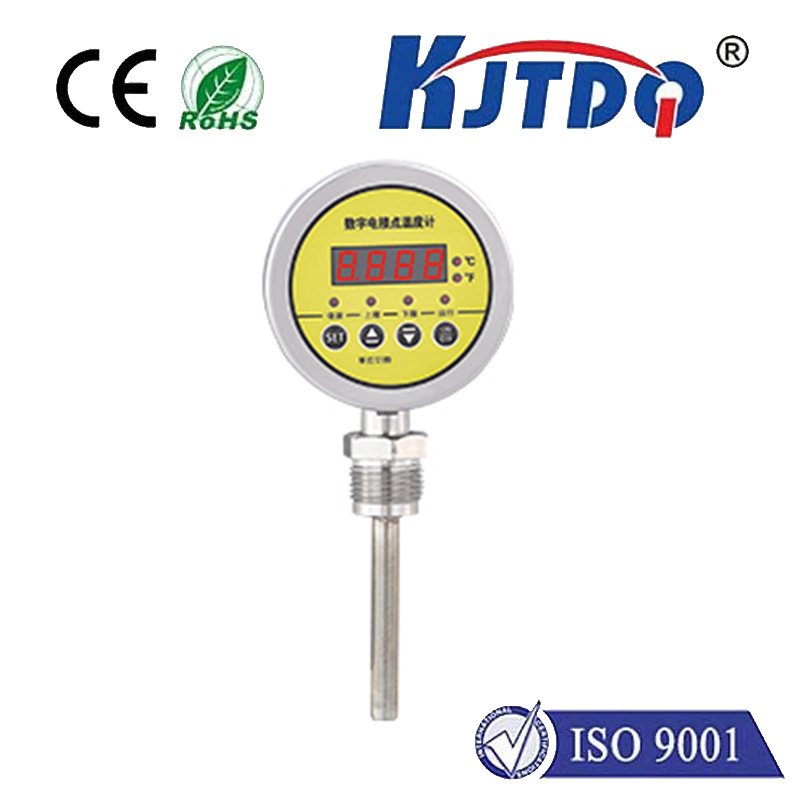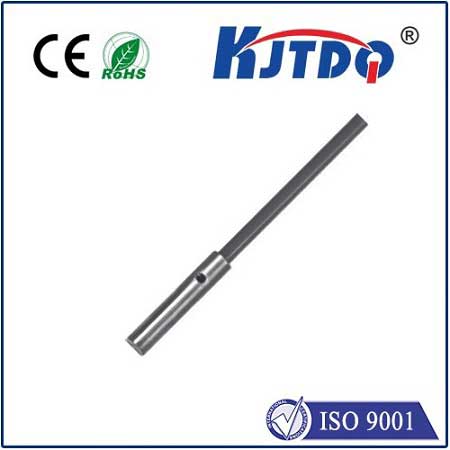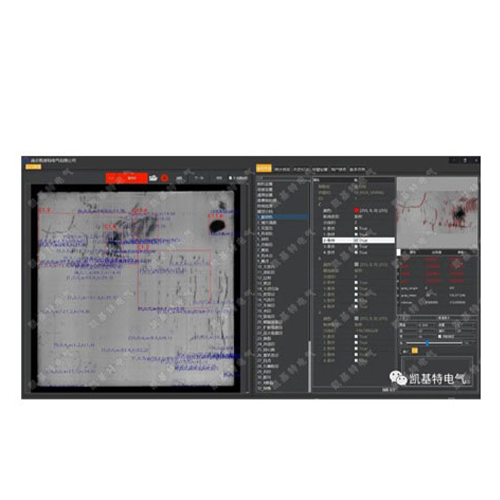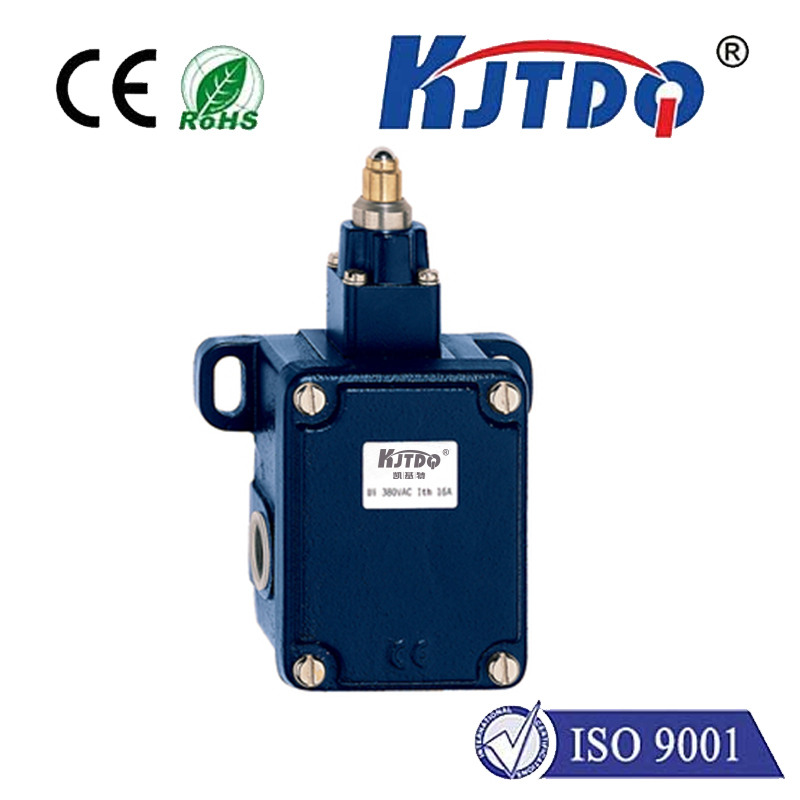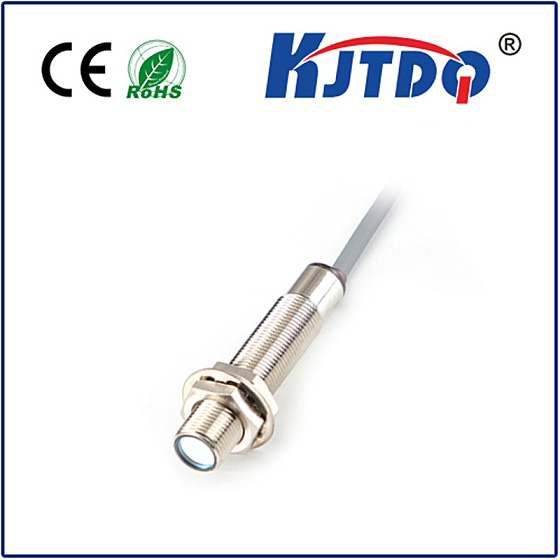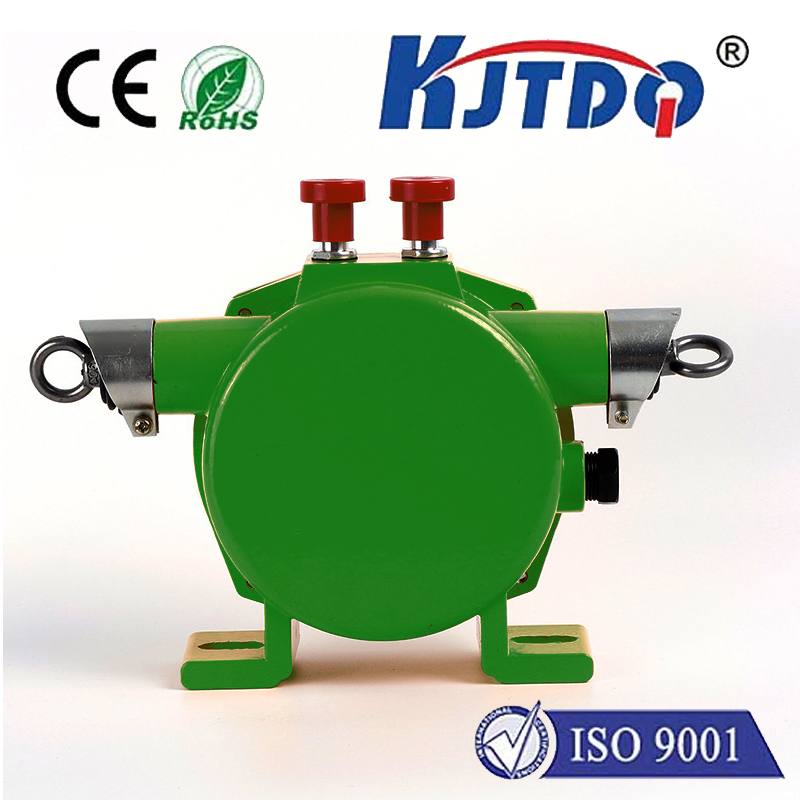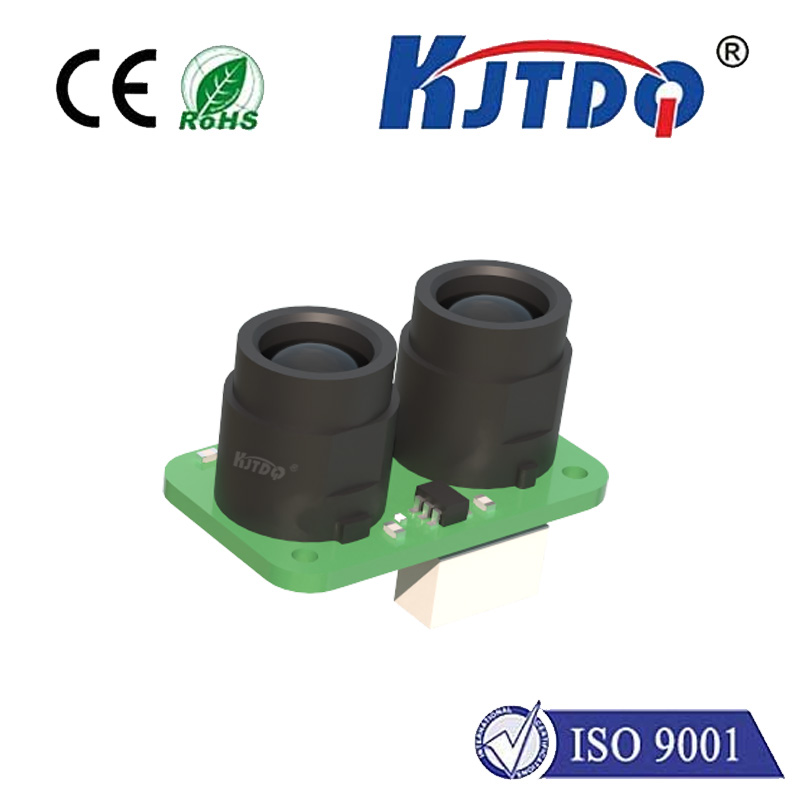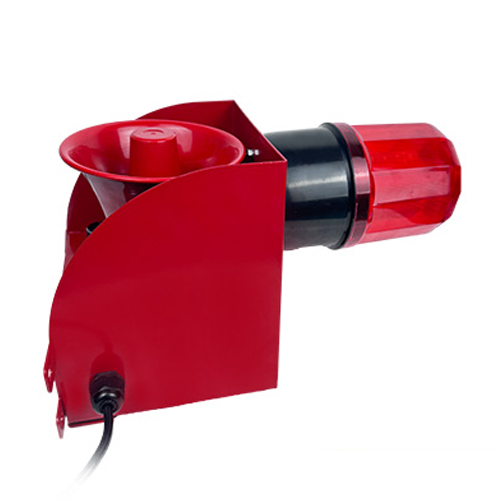inducer pressure switch
- time:2025-08-02 02:16:14
- Click:0
Inducer Pressure Switch: Your Furnace’s Unsung Safety Sentinel
You rely on your furnace for warmth and comfort, especially during the chilliest months. But have you ever wondered about the intricate safety mechanisms silently working behind the scenes? Nestled within your heating system, often overlooked yet vitally important, lies a small but mighty component: the inducer pressure switch. This unassuming device plays a critical safety role, acting as a vigilant guardian for your home’s well-being. Understanding its function illuminates why a seemingly minor part is fundamental to your furnace’s safe and efficient operation.
At its core, the inducer pressure switch is a safety interlock device. Its primary mission is to confirm that the draft inducer fan (or simply ‘inducer motor’) is operating correctly before allowing the furnace to ignite the burners. But why is this confirmation so crucial?
Here’s the breakdown:
- The Inducer Fan’s Role: Modern, high-efficiency furnaces feature a draft inducer fan. This fan’s job is to create negative pressure (a draft) within the heat exchanger and exhaust flue system before ignition occurs. This draft accomplishes two vital things:
- Pulls Combustion Air In: It draws fresh air into the combustion chamber, providing the oxygen needed for clean, efficient burning of fuel (gas or oil).
- Pushes Exhaust Gases Out: It actively pushes the potentially dangerous combustion byproducts, including toxic carbon monoxide (CO), out of the heat exchanger and safely through the vent pipe to the outdoors.
- The Pressure Switch’s Critical Function: The inducer pressure switch is strategically connected to the inducer housing or the venting system via small rubber or plastic tubes (pressure hoses). Its job is to sense the pressure difference created by the running inducer fan.
- Proving the Draft: When the inducer fan starts at the beginning of a heating cycle, it should create a specific level of negative pressure or suction.
- Sensing the Change: The diaphragm inside the inducer pressure switch reacts to this pressure change.
- Completing the Circuit: If the pressure change reaches the required threshold (indicating sufficient draft), the switch’s internal contacts close, completing an electrical circuit. This signals the furnace’s control board that ventilation conditions are safe.
- Safety Lockout: If the inducer pressure switch does not sense the correct pressure difference within a set timeframe, it keeps its contacts open. This breaks the crucial circuit and prevents the furnace control board from initiating ignition. No ignition means no flames and no potential for dangerous gases to accumulate indoors.
Why is this Safety Mechanism Non-Negotiable?

The inducer pressure switch is fundamentally a lifeline protecting against silent threats:
- Carbon Monoxide (CO) Prevention: Its most vital role. If the inducer fan fails or the venting is blocked, combustion gases can’t escape properly. CO, an odorless and deadly gas, could potentially backdraft into your living space. By preventing burner ignition without proven venting, the pressure switch is a first line of defense against CO poisoning.
- Preventing Flame Rollout or Incomplete Combustion: Insufficient draft can cause unstable burner flames (rollout) or inefficient burning (incomplete combustion), both of which are hazardous and can damage the furnace.
- Protecting the Heat Exchanger: Proper venting prevents overheating and premature failure of the expensive heat exchanger core.
Troubleshooting a Malfunctioning Inducer Pressure Switch
Like any component, pressure switches can fail or encounter issues, often manifesting as a furnace that won’t ignite or shuts down shortly after starting. Common causes include:
- Blocked Vent Pipe or Air Intake: Bird nests, leaves, ice, or debris physically obstructing the flue pipe or intake pipe is a frequent culprit. This is the FIRST thing to check visually (safely from the ground) if you suspect pressure switch issues.
- Clogged Pressure Ports or Tubing: The small sensing tubes or the tiny ports on the switch itself or inducer housing can become blocked by rust, dust, insects, or condensation.
- Cracked, Pinched, or Disconnected Tubing: Any damage or disconnection in the plastic/rubber hoses running to the switch prevents it from sensing pressure correctly.
- Water in the Tubing/Switch: Condensation or a leaking secondary heat exchanger can allow water to enter the tubing or the switch body, blocking or damaging it.
- Mechanical Failure: The switch’s internal diaphragm can rupture, or the electrical contacts can fail over time due to wear.
- Weak Inducer Motor: If the inducer motor is failing and not spinning fast enough, it won’t create sufficient pressure to activate the switch.
Important Considerations:
- Diagnosis Requires Expertise: While homeowners can safely inspect for obvious blockages in vents (externally) or disconnected tubing, diagnosing a faulty switch versus a blocked vent, weak inducer motor, or control board issue requires HVAC technician skills and specialized tools (e.g., a manometer to measure pressure).
- Not a Bypass Part: Never attempt to bypass the inducer pressure switch. Doing so disables a critical safety mechanism and creates a severe risk of CO poisoning and fire hazard. Bypassing is dangerous and illegal in most jurisdictions.
- Replacement Compatibility: If a switch is faulty, it must be replaced with the exact manufacturer-specified part. Different furnaces have different pressure requirements.
Maintaining Reliable Operation
Proactive maintenance helps ensure your inducer pressure switch functions reliably:
- Schedule Annual Furnace Tune-ups: A qualified technician will inspect the inducer assembly, clean the pressure tubing and ports, test the switch’s operation, and check venting integrity during routine maintenance.
- Keep Vents Clear: Regularly inspect the exterior termination points of your furnace’s exhaust and intake pipes for obstructions like snow, ice, leaves, or animal nests.
- Address Error Codes: If your furnace displays an error code related to pressure or venting, don’t ignore it. Consult a professional promptly.
The inducer pressure switch might be small and hidden from view, but its contribution to your home’s safety is immense. By ensuring combustion gases are effectively vented before flames ignite, this diligent component stands as a silent sentinel, guarding against invisible dangers and enabling your furnace to operate reliably and securely, cycle after cycle. Recognizing its role fosters appreciation for the sophisticated safety engineering embedded within your modern heating system.






